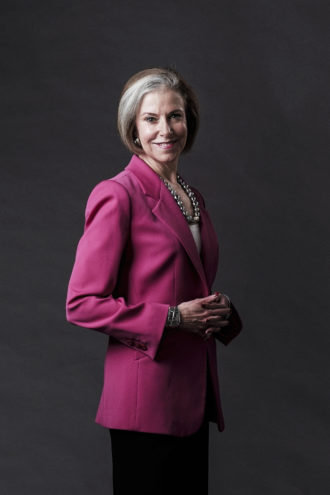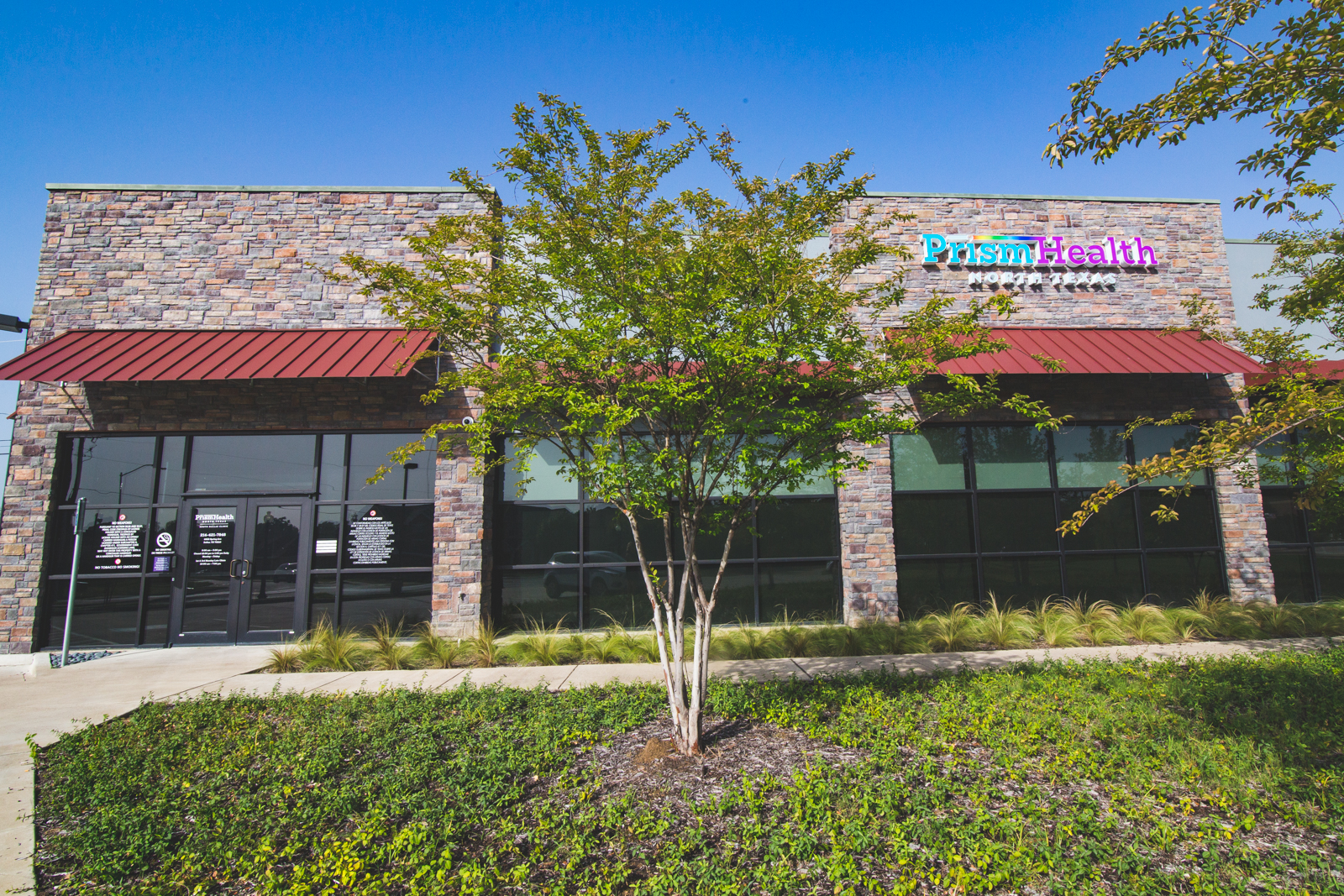The impact of new houses and apartments on long term residents of older well-established neighborhoods is of concern in many cities. Residents may find themselves selling because of high property taxes and the appeal of making money on their older homes. However, they may find that affordable housing is being pushed farther and farther out of core city areas.

What is rarely mentioned is a similar phenomenon with the redevelopment of older commercial properties located in central business areas. The impact of this redevelopment has a huge effect on nonprofit organizations.
For nonprofit organizations that own property, they may find that a property they have owned for a long time no longer serves the demographics of their clients. Selling these properties can generate large sums for the nonprofit. If they can find a replacement property to purchase and renovate that leaves extra funds for programming, they select this option because it’s a winning proposition.
However, what happens to the nonprofit organizations that must lease space?
Nonprofit organizations are seeing more of their budgets going toward rent as they struggle to stay in city areas that are easily accessible by public transportation and have ample free parking.
In Dallas, most nonprofits providing human services have been priced out of the downtown area, Deep Ellum, Design District, Uptown/Oak Lawn, and the various medical districts where they used to be located.
The process of securing affordable office and flex space at rates less than $20 per square foot (including expenses) has become a creative process and, in many cases, forced nonprofits into recognizing that formerly “out of bounds” areas must now be seriously considered.
What are some of the areas now under consideration for traditional office space?
- Richardson – Central Expressway/Highway 75 Between Arapaho and Just North of Campbell
- Dallas – LBJ/Highway 635 Between Stemmons Freeway/Highway 35 and Highway 30
- Dallas – Stemmons Freeway/Highway 35 in the Mockingbird Lane Area
Most of the properties in these areas have public transportation nearby, ample parking, on-site management and some money for funding tenant improvements. The disadvantages are that potential clients and volunteers must drive long distances, spend perhaps hours on public transportation and may not be near collaborating nonprofit organizations or governmental agencies. It becomes a balancing act of budget and service. Of the three areas, the Stemmons/Mockingbird area seems to have garnered a significant number of nonprofit organizations by being south of LBJ and near Harry Hines including Metrocare Services, ChildCare Group, Community Partners of Dallas, VNA Texas Meals on Wheels and Catholic Charities Dallas, among others.
For many nonprofits, these properties are still too expensive. What are their alternatives?
Non-Traditional Properties and Landlords
- Religious Facilities – Many religious facilities have excess space and are eager to lease to non-profit organizations that do not conflict with their doctrine. Older religious facilities may not have the up-to-date infrastructure, elevators and experienced property managers. However, their significantly below market rates are very attractive. Schools and childcare providers are typical tenants because they can easily utilize existing classrooms. Frequently, the classrooms must be shared with the religious owner, so flexibility is required by both the tenant and the landlord.
- Meadows Foundation Wilson Historic District – The Meadows Foundation owns and operates the Wilson Historic District, a 22-acre campus of nonprofit organizations near Deep Ellum composed of restored historic structures and some newer buildings. Office space is rent-free to nonprofit organizations whose missions are within the Foundation’s grantmaking areas (www.mfi.org). Lease terms are for finite periods of time to allow tenant agencies to establish a solid financial and operational base. Tenants pay their share of electricity, telecommunications, and janitorial costs. However, nonprofit organizations that have on-site program delivery may not qualify as tenants.
- Other Nonprofit Organizations – A few nonprofit organizations have leased office space to other nonprofit agencies. Our company has been involved with several such leases. In all cases, the nonprofit landlord and nonprofit tenant saw opportunities to collaborate. This goal was a major motivator for both groups to enter into a transaction. Most nonprofit landlords do not want to lease to for-profit businesses.
Examples include:
Catholic Charities of Dallas – Recently leased space in their building on Mockingbird to Family Gateway for administration offices, in-take, and a call center. Catholic Charities and Family Gateway see many collaboration opportunities.
America Can! – Leased a building on its Skillman campus to Dallas Metrocare Services for a behavioral health clinic. Metrocare provides services to Dallas Can! students.
South Dallas Fair Park Innercity Development Corporation – Leased a building on Spring Avenue to Prism Health North Texas for a clinic and space in a building across the street for a pharmacy. The clinic and pharmacy provide services to the neighborhood.
Sammons Center for the Arts – Leases space to arts organizations and serves as an incubator for smaller groups.
Public School/Government/Municipal Properties
Nonprofit organizations that provide services to targeted populations may be able to arrange for space in public schools, and city or county buildings. Schools are particularly open to this arrangement where there is join programing. Typically, rental rates are minimal.
Examples include:
Junior Achievement– Leased space with the Dallas Independent School District and currently leases in a Garland Independent School District property.
PediPlace – Leases space for a medical clinic in Central Elementary School in Lewisville.
The Future is Collaboration
As nonprofit organizations continue to struggle to find affordable commercial space inaccessible locations, I anticipate there will be more collaborative opportunities where costs are shared. I am always interested in examples that I can pass on to the nonprofit community. Keep the ideas coming!
Eliza Solender is president of Solender/Hall, Inc. and serves on the board of directors of Origin Bancorp and The Real Estate Council Community Fund.




